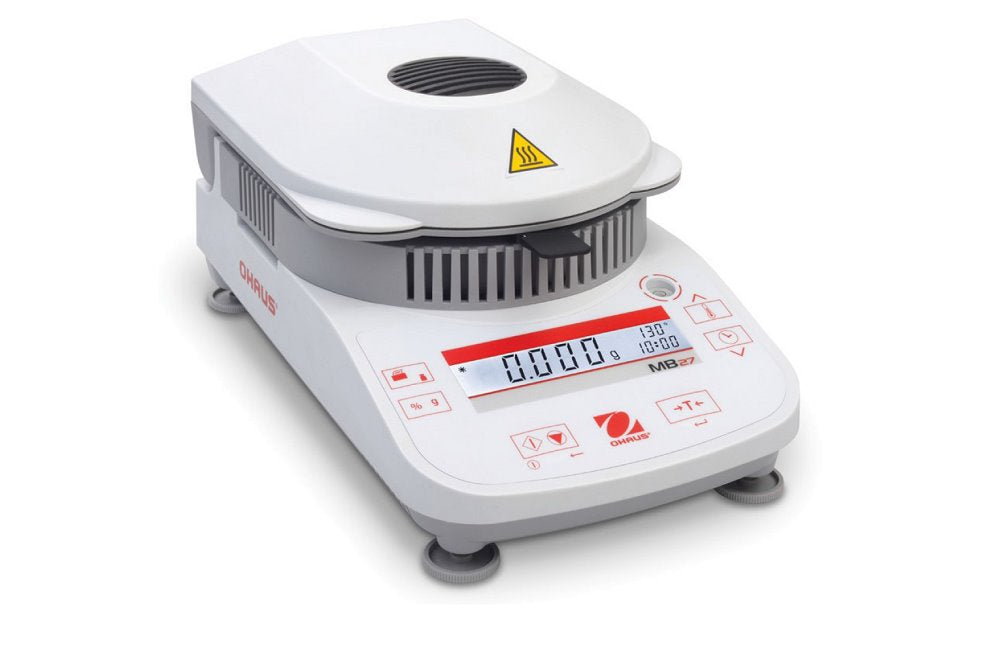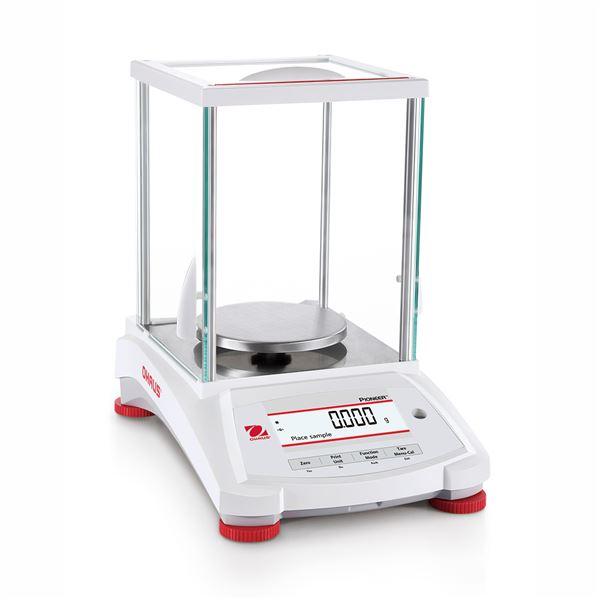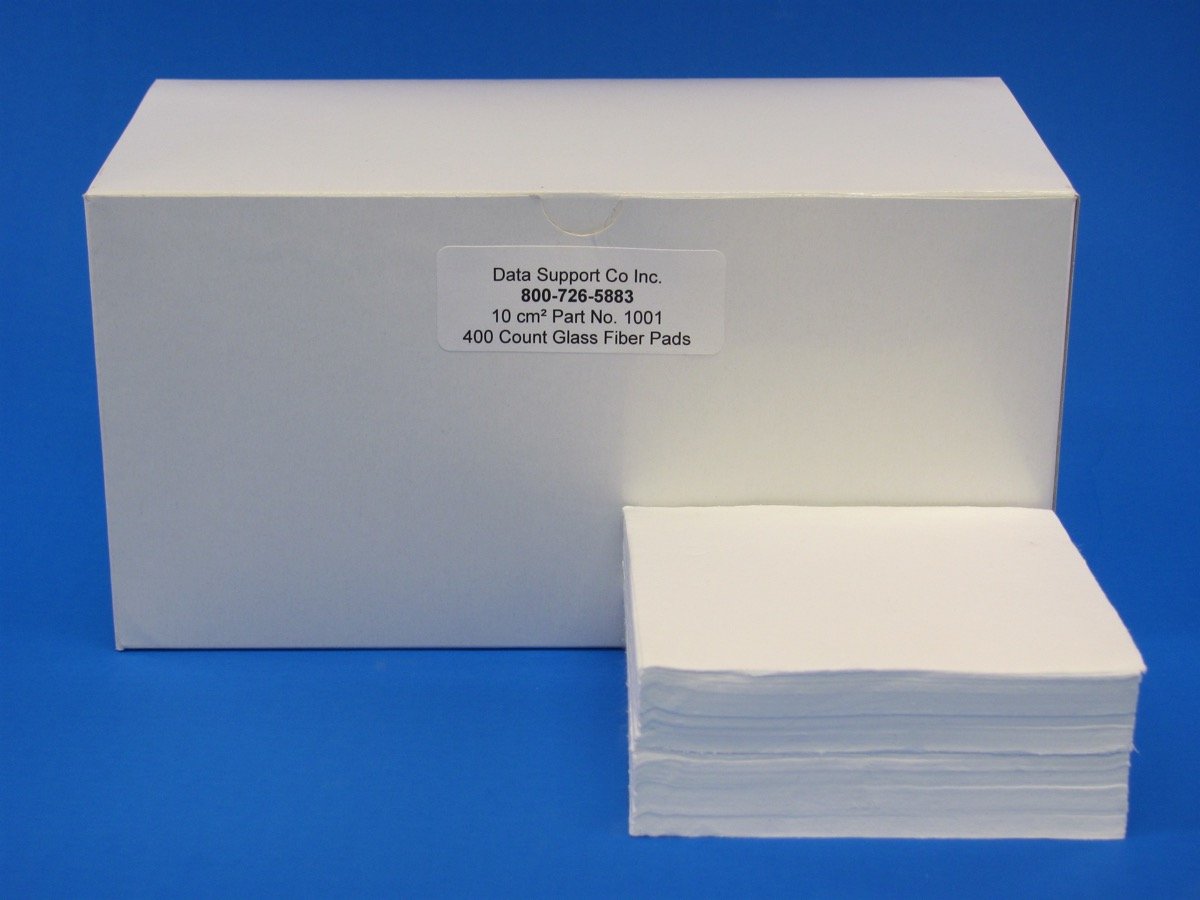The food industry is a mature sector where the demand never stops growing. At the same time, however, consumers’ standard of acceptable food quality keeps rising as well.
Not only do you need to meet your customers’ expectations, but you also must exceed them to make your business stand out.
While many businesses attempt to do that each year, only some manage to turn that effort into actual growth, and fewer yet do so without killing their profit margins.
So how can you satisfy the growing demands of your customers for food quality while maintaining a healthy profit margin?
From negotiating better deals with your suppliers to engaging your employees for a boost in productivity to embracing technology — there are many ways to go about it.
For the purposes of this post, however, we’ll discuss one specific piece of technology that is not only simple to incorporate into your production process but makes a significant impact on your profitability as well.
3 Ways a Weighing Scale Can Increase Your Profits
Weighing is an essential part of the food production process for any business, especially a profitable one. Here are a few ways the right weighing scale can boost your profitability:
1. Prevent Over-Use of Ingredients
For your business to be profitable, you need to ensure there is no over-use of ingredients. This is a common challenge for businesses that trust the judgment of their employees when it comes to using the right amount of ingredients.
For example, many pizza businesses ask their employees to hand-throw the toppings. In fact, many even leave the dough size to their employees’ judgment. However, estimating the right amount of ingredients is a tedious process and thus leads to errors.
To change that, you need to standardize the ingredients by weighing everything using a scale. Not only can this prevent over-usage, but this will also ensure consistent quality for all your customers.
2. Reduce Food Waste
While food spoilage is the biggest contributor to waste, customer complaints also account for a big part of it.
Whether we talk about catering businesses or fine restaurants, delivering the same taste and quality is critical for reducing customer complaints. And as we mentioned earlier, standardizing your recipe by weighing ingredients is a great way to introduce consistency in your products.
Going back to our pizza example, a pizzeria with consistent taste and quality will rarely deal with customers complaining about the amount of cheese or other toppings. And fewer complaints automatically lead to a reduction in food waste.
Another point worth noting is that you should keep track of your food waste. While it may not be easy for a restaurant or any other food business with a hectic environment, tracking waste is still essential and usually the first step towards waste reduction.
That is why we recommend using a counting scale such as the Adam Equipment CBD 70a-660a to accurately weigh and record your products diligently.
3. Control Portions
The right portion size is perhaps one of the biggest contributors to profitability.
Too little and you risk leaving your customers unsatisfied. Too much and you’ll have to deal with a lot of leftovers. But with the right size, you can minimize your costs while delivering a great product to your customers.
To get the balance right, you can experiment with the portion size by using customer complaints as an indicator of too little and leftovers as an indicator of too much.
Once you’ve found a proportion that results in the least complaints and leftovers, you should make it part of your standardized recipe.
To find the right portion size for your products, you should use a dedicated portion weighing scale such as the Intelligent Weighing AGS-6000 AGS Series Precision Scale.




